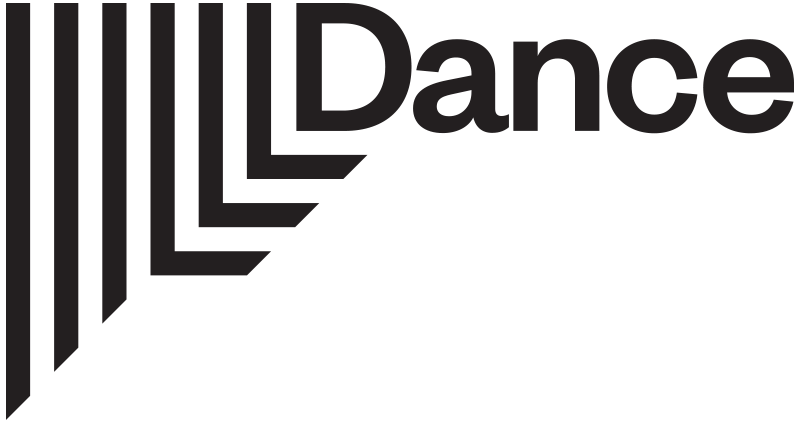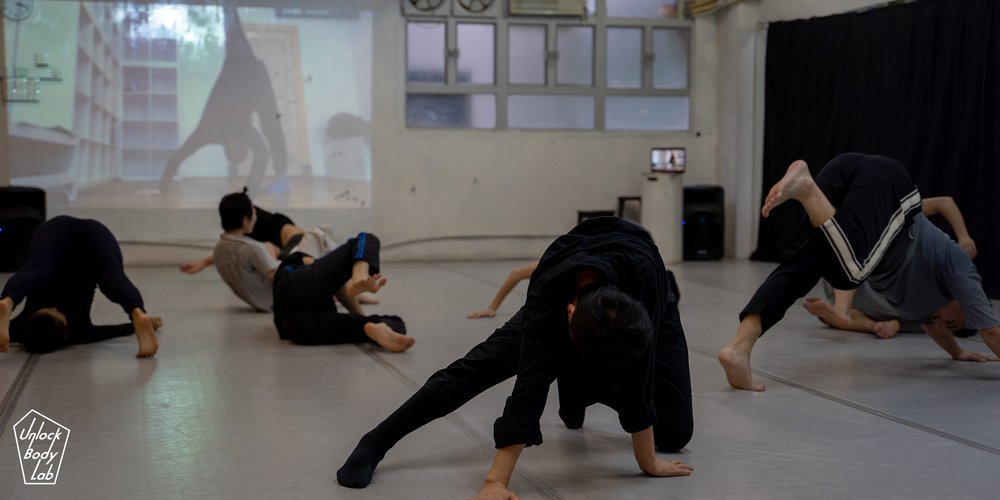Israel Aloni speaks about Unlock Body Lab experience
Unlock Body Lab in Hong Kong invited ilDance’s Israel Aloni for a two-week residency project with local artists in Unlock Dancing Plaza and The Hong Kong Art Centre last month.
For the two-week online residency project, Aloni worked with local artists through various digital tools, while thinking about the possibility of cross-regional and cross-cultural collaboration in the era of the epidemic. Aloni shares their experience of the residency.
Although the residency only just came to an end, can you offer some reflections on the experience, particularly how it was to be involved remotely?
Israel Aloni: This experience was truly incredible because it both enabled me to gain an invaluable understanding of nuances within articulation and communication whilst also reaffirming the significance of the physical dimension of my artistic practice.
I believe that the fact that the eight artists I worked with were sharing physical space was crucial for the process. I was trying to focus my attention on the advantages of having more of a bird's-eye view over the entire operation and through collaborative methodologies with the other artists, refine the physical work.
I think it was good that the residency was initially described as a research and sharing context, not so much of a concluding and finalising one. This preconceived allowance enabled us to really experiment with ideas and the format alike.
Can you share the major focus and themes of the residency and how that developed over the two weeks?
IA: This was a sight-specific process. The majority of the residency took place at Hong Kong Art Centre which is very interesting both as a physical-architectural space as well as in terms of its significance within the general arts and culture ecosystem in Hong Kong.
As generally in my artistic practice, The I.Aloni Experience, but even more particularly in this context of the residency with eight local artists in Hong Kong, I responded to curiosities about the situation of the huWOman – a term I created to subvert the patriarchal notions which are so strongly embedded in the term human – in a space. Consequently, we interrogated how the objective and the subjective, like the object and the subject, interact dynamically and even come into being by the sheer existence of one another.
Throughout the two weeks, something very common yet extraordinary happen where we, the artists, noticed the complexity that is within the simple. A really intriguing dynamic emerged amongst the artists and between them and the intricate physical building of the Art Centre.
What surprised you most about this experience?
IA: I was surprised by the powerful emotional bond I developed with the artists despite not being in the same physical space as them. Also, I was surprised by how much I missed some empirical cues, such as smell and temperature, in the process of empathising with the artists. As a dancer myself, I tend to instinctively develop corporeal empathy with the performers I work with. Whilst working with performers I embody the environment and the atmosphere in which the work is developed so I can relate better to the experience of the performers. I was surprised when I realised that scent was one of the sensorial cues I was missing.
Are there specific takeaways or lessons learned that stand out to you from the residency, the space, the format or the people involved?
IA: I have many takeaways from these two weeks. I am still processing the impressions and experiences acquired during this layered process. Perhaps one noteworthy element, which just spontaneously comes to mind, is the reminder of the extent to which our conception of the world is subjective.
I am strongly encouraged to continue reminding myself of the non-exhaustive encounter I have with the world-existence in which I supposedly am.


